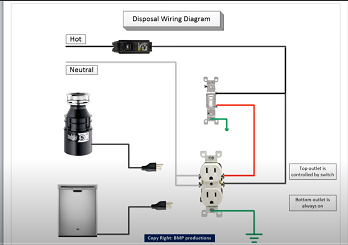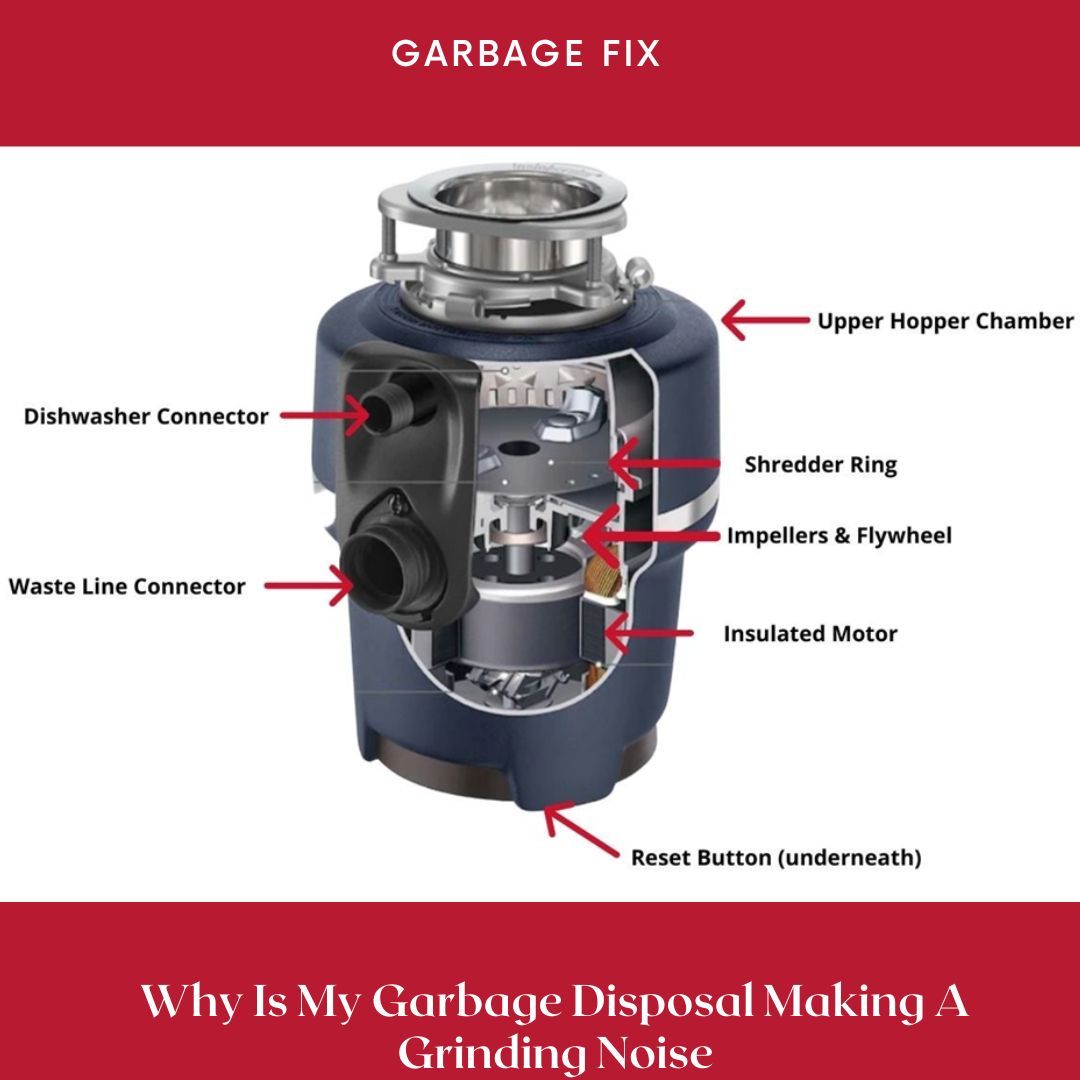In this article we will take you through the process of garbage disposal switch wiring. Let's start.

Garbage Disposal Switch Wiring
Once you've run the line from the disposal to where the switches are, you'll have a box full of wires and nowhere to plug in your trash disposal. Trash disposal requires several switches, connectors, and wirings to be installed. Before we start the installation, I'd like to explain what each of the cables is for.
The circuit breaker protects the outlet and trash disposal from overload by splitting the hot or black wire into two separate branches.
It would be best if you connected the ground (green) cable to the electrical socket and the trash compactor.
The red cable from the trash disposal connects to a wall outlet.
What to Do If The Power Switch On Your Garbage Disposal Fails And How To Replace It
This issue of Home Tips focuses on safe labor practices. You should turn off the breaker that supplies electricity to the trash disposal if it is clearly labeled. If the equipment isn't labeled properly, you can turn it off by having someone else flip the breaker switches while you pour cold water down the drain and turn on the disposal.

If You cannot find the right breaker, turn off the main power breaker in the panel and replace the switch during daylight hours. Turning off the master circuit breaker will turn off power to the entire facility, which is preferable to working on a live circuit. Leave a warning or lock the breaker box to prevent someone from turning the power back on while you're working.
Disconnecting The Electrical Connections
To access the switch, remove the two screws holding the cover plate in place with a slotted screwdriver, then remove the two screws holding the switch to the wall box with a screwdriver. Carefully remove the switch from the wall to access the terminals and connections.
Use a voltage tester to double-check that the power has been turned off at the terminals. Take note of the colored wires that link to each terminal. On one side, two black wires are normally connected to the top and bottom terminals, while a bare ground wire is connected to the green ground terminal.
Unplug the wires from each terminal with a slotted screwdriver. Making a mistake while changing the wires is difficult. You can connect any black wires to either terminal, and You should always connect the bare wire to the green grounding screw.
An Alternative Garbage Disposal Switch
Regulations require disposal switches to have a marked "off" position. If you are unsure what type of switch you require, bring the old one with you when shopping for supplies.
Installing The New Switch
Remove the old connections with wire cutters and strip out about 1/4 to 3/8 inch of insulation from either end of the wires to prepare them for the new switch. Wind the bare wire clockwise around the terminals, then tighten the screws until the heads cover the wire threads completely.
Replace the mounting screws after carefully entering the wires into the wall box to secure the new switch firmly. Cover the toggle with the provided plate, then secure it with the screws. Turn on the new switch, then run cold water into the sink where the trash disposal is located to determine if it works.
Help In Wiring A Trash Disposal
The first rule to remember while wiring trash disposal could save the installer's life in the event of a fire. Before installing trash disposal in a room, always turn off the circuit breaker. If you're unsure which fuse to use, turn on the switch to which You will connect the wires, then turn off the fuses one by one. If the same switch controls the light, keep an eye out for it to turn off. After locating and removing the right fuse, use a voltage tester to ensure that the power has been entirely turned off. Prioritizing safety, tape the switch or the entire box and plainly label "Do Not Touch" to caution anyone who might mistakenly turn on the power while working on the trash disposal's wiring.
Conclusion:
Lastly, ensure that the trash disposal is properly hooked into the wall's light or electrical outlet. This device must always be a GFI unit, which turns off immediately in the case of an electrical fault rather than tripping the breaker for the entire house.
In most circumstances, trash disposal merely has to be connected to an outlet, but there are a few things to consider if you're hard wiring it. Always use specialized plastic covers designed for the job, and double-check that the positive and negative ends of the wire are connected to the correct polarities in the existing home wiring. Wrapping the ends with electrical tape is optional.
Still, it is a good safety precaution since it reduces the likelihood of sparks flying out of the outlet box, which could prevent a fire if it is not performing its intended role.









